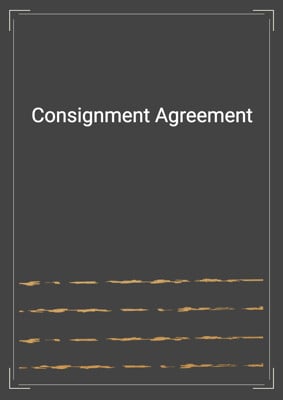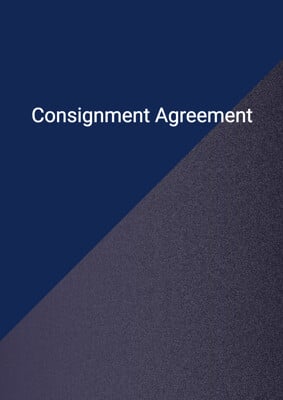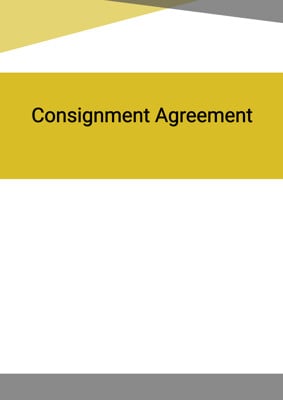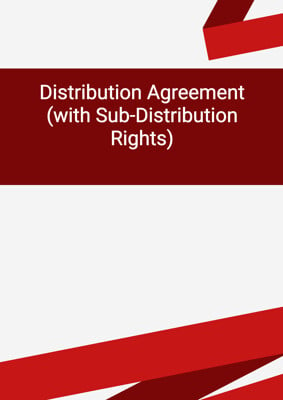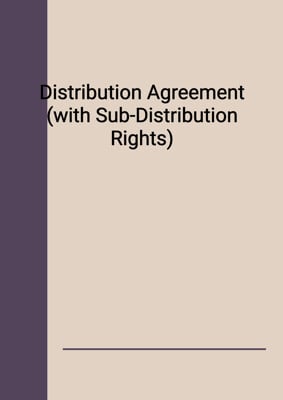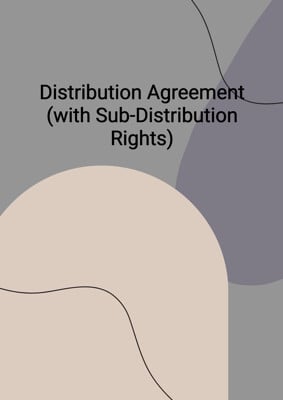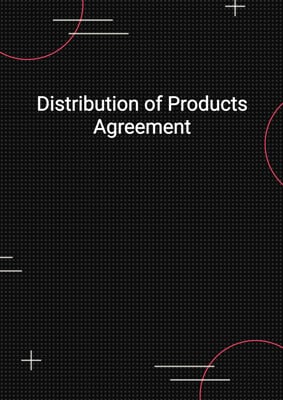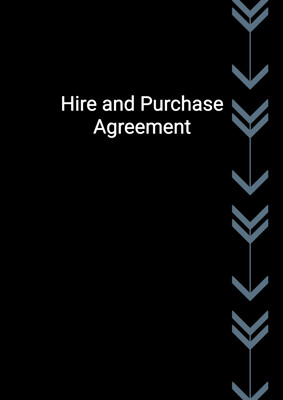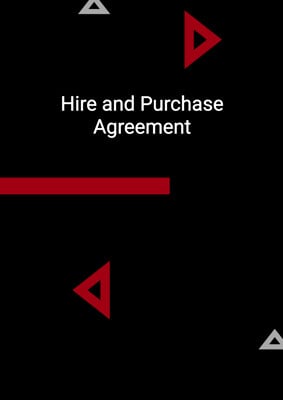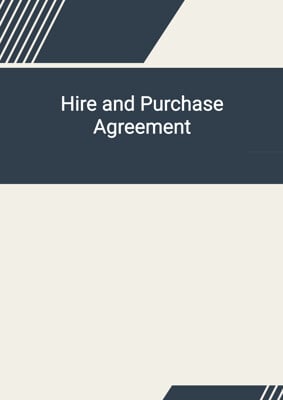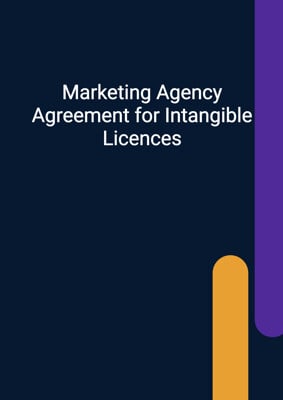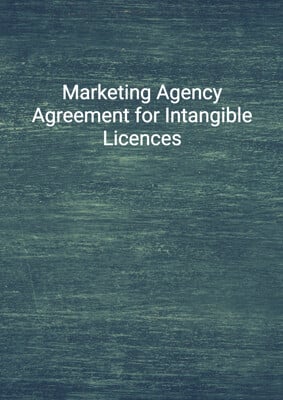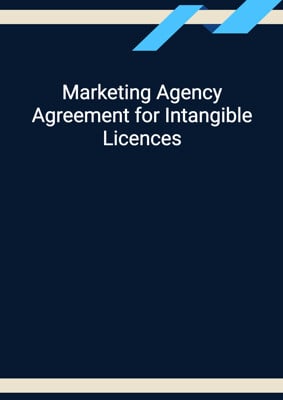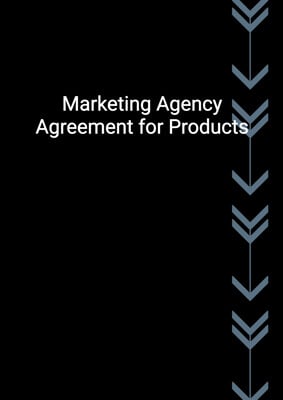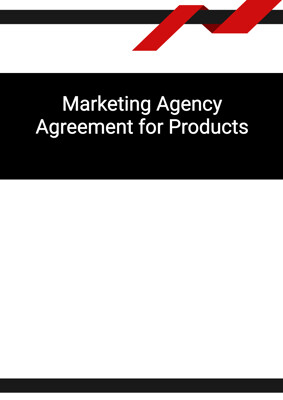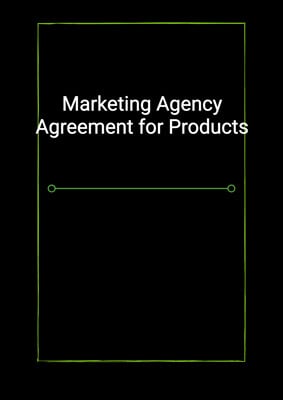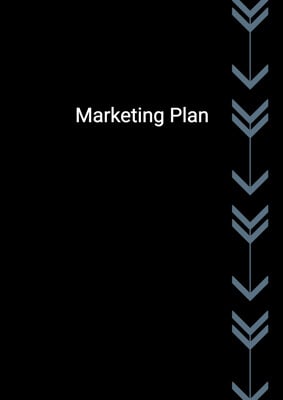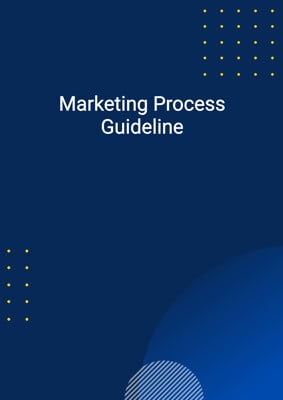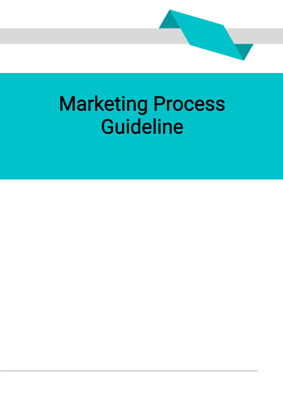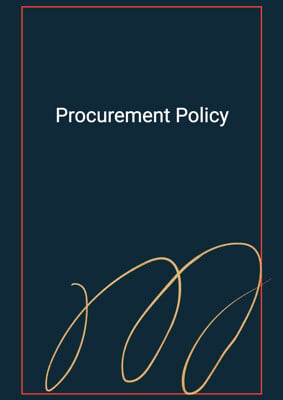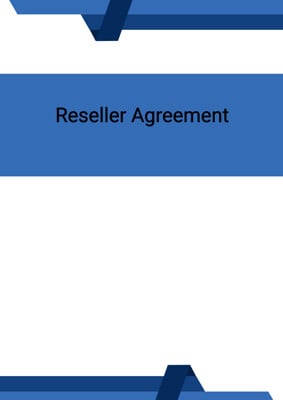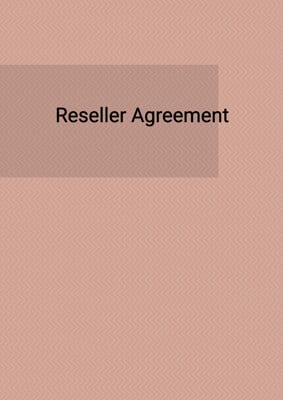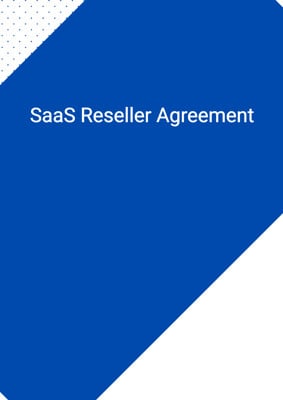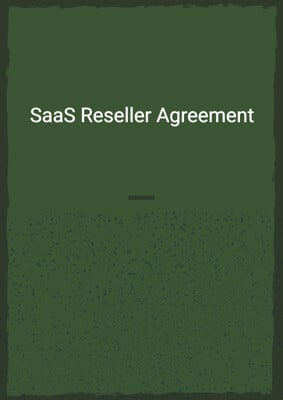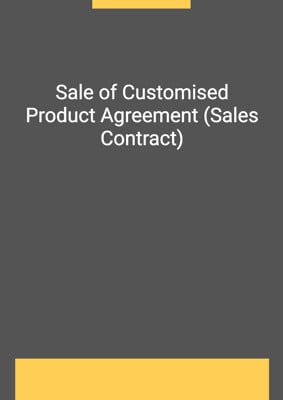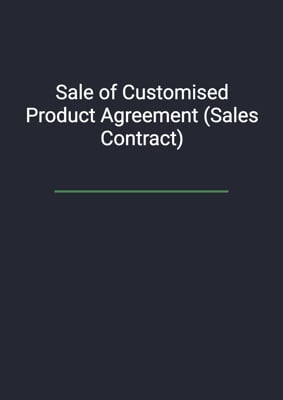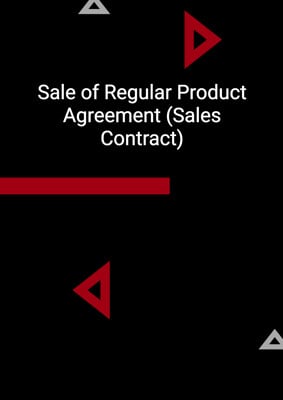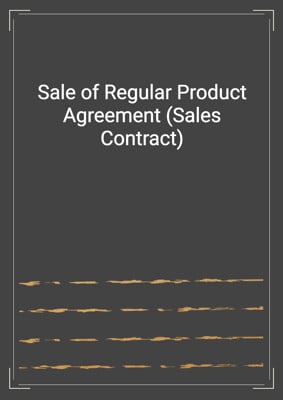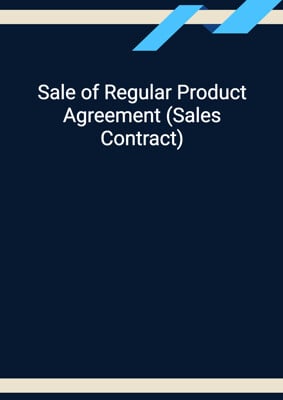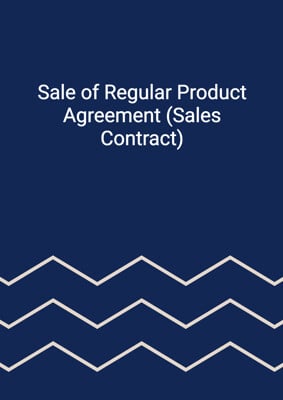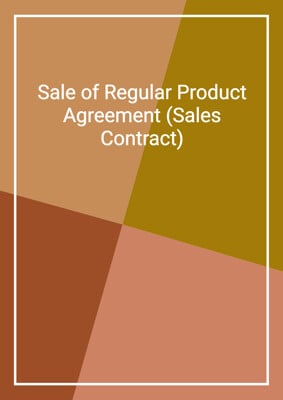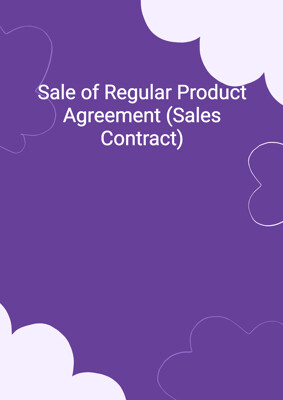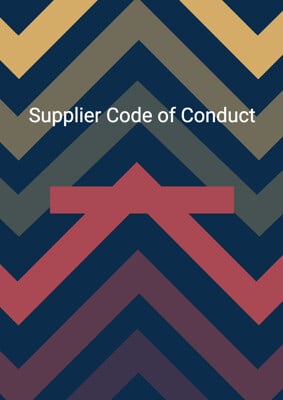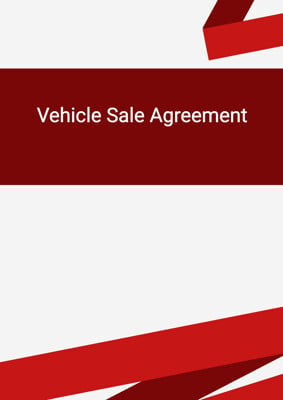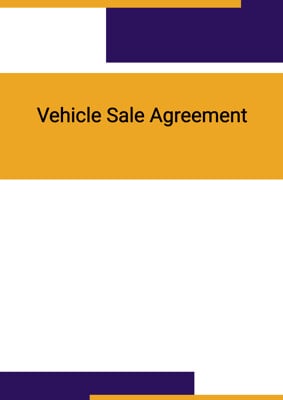How to Tailor the Document for Your Need?
01
Create Document
Fill in the details of the parties. You can click the "Fill with Member’s Information" button to complete it with information saved to your account.
02
Fill Information
Please fill in any additional information by following the step-by-step guide on the left hand side of the preview document and click the "Next" button.
03
Get Document
When you are done, click the "Get Document" button and you can download the document in Word or PDF format.
04
Review Document
Please get all parties to review the document carefully and make any final modifications to ensure that the details are correct before signing the document.
Document Preview
Document Description
The Sale of Customised Product Agreement (Sales Contract) is an important document that outlines the terms and conditions for the sale of a customised product. This agreement is made between the seller, Party 1, and the buyer, Party 2. The document begins with definitions of key terms used throughout the agreement. It then proceeds to outline the scope of the agreement, which is the development and supply of the product(s) in accordance with the terms specified. The general obligations of the seller are detailed, including providing and delivering the product in accordance with the delivery programme and ensuring that the product is manufactured and executed in conformity with the specification.
The document also covers the development of the product, with the seller being responsible for its development in accordance with the agreed specification and within the specified time frames. The parties are required to cooperate and exchange technical skills and knowledge to provide mutual advice and support during the development process. The development is considered complete when one or more prototypes of the product are tested and satisfy all terms of the specification to the satisfaction of both parties.
Designs and drawings are also addressed in the agreement. The seller is required to submit arrangement and details of the product or any part thereof as required by the buyer. Any changes requested by the buyer to the design of the product after the execution of the agreement may be subject to extra cost and delays in delivery.
The agreement also covers the licensing and intellectual property rights. The buyer grants the seller a non-exclusive license to use the buyer's background intellectual property for the purpose of designing and developing the product. Both parties have equal rights and interest in the project intellectual property, except for each party's background intellectual property.
The document includes provisions for progress information and inspection, delivery and installation, trials, tests, commissioning, and acceptance tests. It also addresses limitations of liability, force majeure, termination, assignment and sub-contracting, patent and copyright, notices, settlement of disputes, counterparts, and rights for third parties.
Overall, this agreement is crucial for ensuring a clear understanding of the rights and obligations of both parties involved in the sale of a customised product.
How to use this document?
To use this document effectively, follow these steps:
1. Familiarize yourself with the definitions provided at the beginning of the agreement to understand the key terms used throughout the document.
2. Review the scope of the agreement to ensure it aligns with your intended development and supply of the customised product.
3. Understand the general obligations of the seller, including providing and delivering the product in accordance with the delivery programme and ensuring conformity with the specification.
4. Collaborate with the seller during the development process, exchanging technical skills and knowledge to provide mutual advice and support.
5. Request and review the designs and drawings submitted by the seller, keeping in mind that any changes to the design may result in extra cost and delays.
6. Clarify the licensing and intellectual property rights, ensuring that the seller only uses the buyer's background intellectual property for the purpose of designing and developing the product.
7. Monitor the progress of the project and stay informed about any incidents or causes that may delay delivery of the product.
8. Coordinate with the seller for delivery and installation, providing any necessary resources or access required.
9. Participate in the trials, tests, and acceptance tests to ensure that the product meets the specified requirements.
10. Understand the limitations of liability and the provisions for force majeure, termination, and dispute resolution.
11. Keep track of important dates and deadlines specified in the agreement.
12. If necessary, seek legal advice or assistance to ensure full compliance with the terms and conditions of the agreement.
By following these steps, you can effectively use the Sale of Customised Product Agreement (Sales Contract) to facilitate a smooth and successful transaction.
Not the right document?
Don’t worry, we have thousands of documents for you to choose from:


